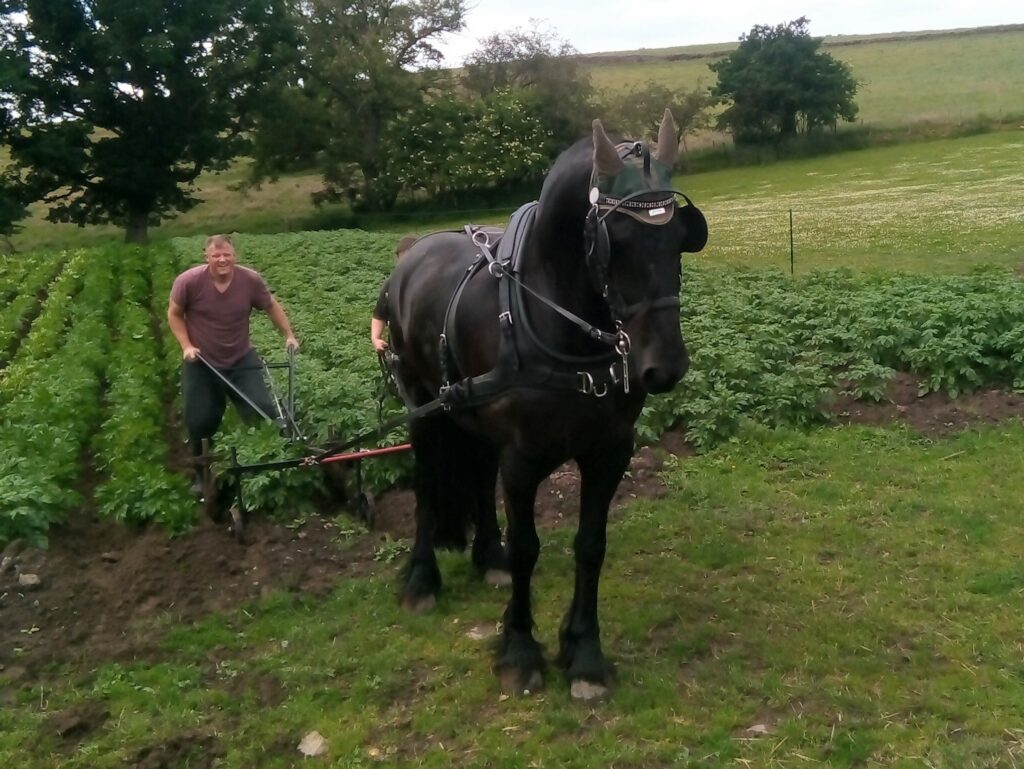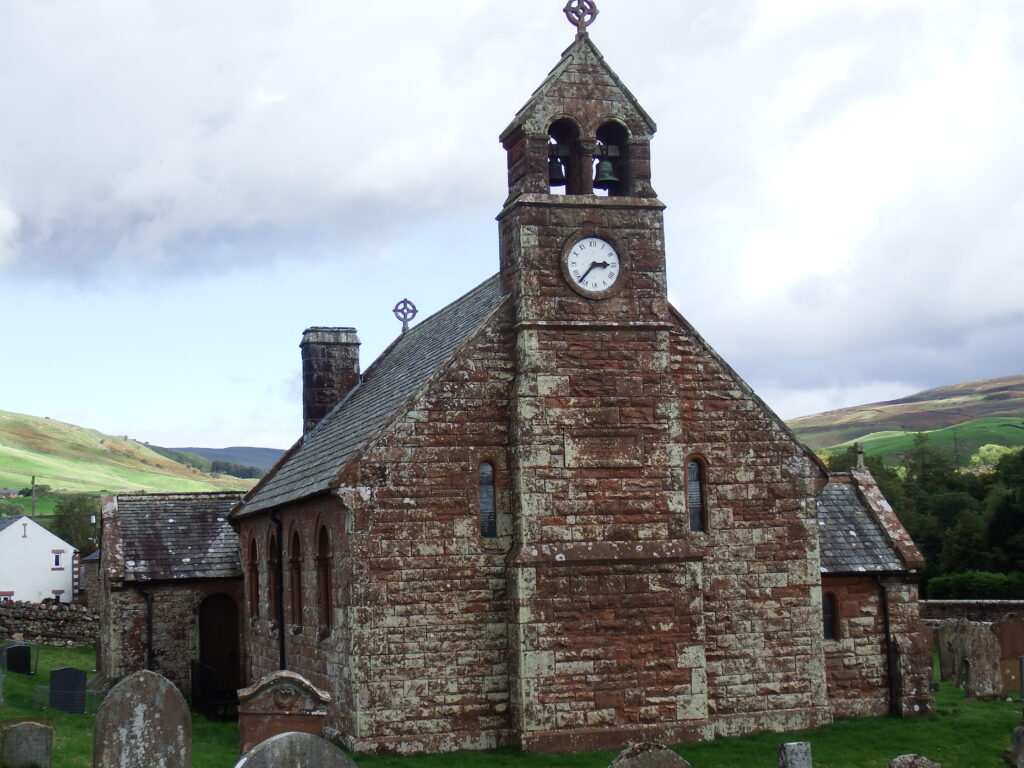What we do
Frequently Asked Questions
Unique and irreplaceable
National Landscapes are unique and irreplaceable national assets and along with National Parks they represent our finest countryside. There are 38 National Landscapes in England and Wales, covering 18% of the country’s land area. There are also eight National Landscapes in Northern Ireland.
National Landscapes range in size from the Isles of Scilly (16 square km) to the Cotswolds (2,038 square km). National Landscapes have their roots in the same legislation that brought about the National Parks – the National Parks and Access to the Countryside Act,1949, which has been consolidated by the Countryside and Rights of Way Act 2000.
Protected landscape
The UK’s National Landscapes and National Parks are within a worldwide category of protected areas known as ‘Protected Landscapes’, which has been devised by the International Union for the Conservation of Nature (IUCN).
Varied family
The North Pennines, at almost 2,000 square km, is the second largest National Landscape. These are special places, distinguished by the natural beauty of their distinctive and nationally important landscapes. In terms of landscape quality, National Landscapes are recognised as the equal of our National Parks and are given the same level of protection.
Landscape. industry and community
National Landscapes are designated as ‘Areas of Outstanding Natural Beauty’. By natural beauty we mean much more than just the look of the landscape; for our purposes, natural beauty includes landform, geology, plants and animals, landscape features and the rich history of human settlement over the centuries. These things, though of great importance, don’t of course occur in isolation; in conserving the natural beauty of National Landscapes, it is essential to take account of the needs of agriculture, forestry, other rural industries and of the economic and social needs of local communities.
Working in partnership
Each National Landscape has a ‘joint advisory body’ or partnership that brings together representatives of organisations and groups with a major role to play in looking after the area. Each National Landscape has a staff team; as well as producing the National Landscape Management Plan on behalf of partner local authorities, the staff teams co-ordinate the work of others, and take action themselves, to ensure that our National Landcapes remain special for present and future generations to enjoy, as places to live and work and as places to visit.
Local people
Local communities, landowners, farmers and estate managers look after the living landscapes of the North Pennines. People and communities have helped mould the landscape for centuries and this continues today. Everyone who has an interest in the North Pennines National Landscape has a responsibility to care for this place.
Outstanding geology
UNESCO Global Geoparks are areas with an outstanding geological heritage, where there is considerable local effort to conserve this heritage and encourage its enjoyment and understanding by the public and with the aim of supporting sustainable development.
Global Network
The Global Geopark Network was established in April 2004, with the then 17 European Geoparks at the forefront of this worldwide family of special places.
It is more of a ‘status’ than a formal ‘designation’. The founding Geoparks registered the Geopark brand and were successful in getting UNESCO support and recognition for it. It is a young status, only being established in 2000.
There are 76 European Geoparks. These are currently in England, Scotland Wales, Northern Ireland, France, Germany, Spain, Italy, Portugal, Austria, Irish Republic, Croatia, Finland, Iceland, Greece, Norway, Romania, Hungary, Slovakia, Poland, Slovenia, Turkey, Cyprus, Denmark, Belgium, the Netherlands and the Czech Republic. All the European Geoparks are also part of the Global Geoparks Network.
Conserve and enhance
The North Pennines was designated as an Area of Outstanding Natural Beauty (AONB) on 7 June 1988. The primary purpose of AONB designation is to ‘conserve and enhance the natural beauty of the area’.
In pursuing the primary purpose account should be taken of the needs of agriculture, forestry and other rural industries and of the economic and social needs of local communities. Particular regard should be paid to promoting sustainable forms of social and economic development that in themselves conserve and enhance the environment.
Recreation is not an objective of designation, but the demand for recreation should be met so far as this is consistent with the conservation and enhancement of natural beauty and the needs of agriculture, forestry and other uses.
AONBs are now National Landscapes, important places in our protected landscape family. However the legal designation is still as AONBs.
Peaceful, unspoilt, rich and vibrant
The North Pennines is one of England’s most special places – a peaceful, unspoilt landscape with a rich history and vibrant natural beauty. Tumbling waterfalls, sweeping moorland views, dramatic upland dales, stone-built villages, snaking stone walls and friendly faces – the North Pennines has all this and more.
In the North Pennines you’ll find:
- 40% of the UK’s upland hay meadows
- 30% of England’s upland heathland and 27% of its blanket bog
- 80% of England’s black grouse
- 36% of the National Landscape designated as Sites of Special Scientific Interest
- Red squirrels, otters and rare arctic-alpine plants
- 22,000 pairs of breeding wading birds
- Stunning geological sites – such as High Force, England’s biggest waterfall
- 16 Conservation Areas and 183 Scheduled Monuments











